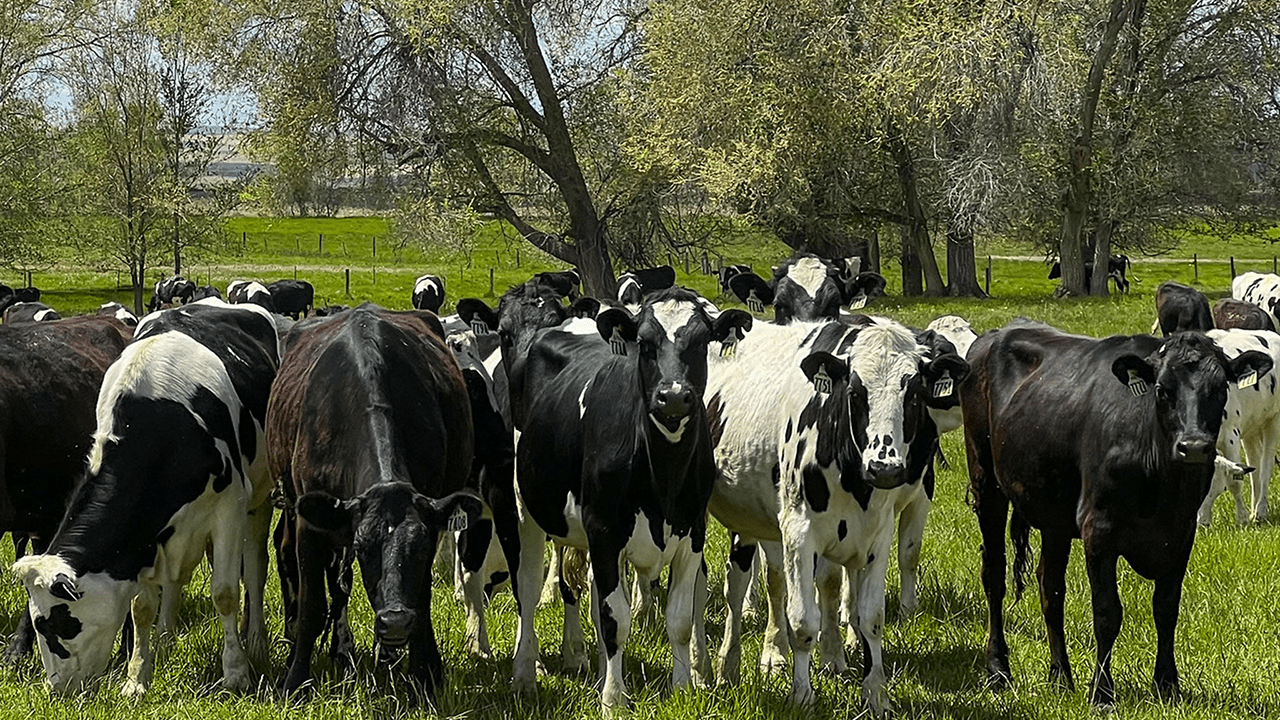Importing Live Cattle and Bison From Mexico to the United States
Livestock trade through U.S. ports of entry along the southern border is currently closed due to New World screwworm in Mexico. For more information, see the latest USDA press release.

APHIS regulates the importation of all ruminants and their germplasm (embryos/oocytes, semen, cloning tissue) to prevent the spread of animal diseases. Ruminants include all animals that chew the cud, such as cattle, buffaloes, sheep, goats, deer, antelopes, camels, llamas, and giraffes.
Requirements
Southern Border Ports With Facilities Currently Approved by APHIS To Export Bovines to the United States:
Cattle imports through U.S. ports of entry along the southern border are currently suspended due to New World screwworm in Mexico.
Protocols for the Import of Feeder Cattle, Breeding Cattle, and Cattle for Immediate Slaughter From Mexico to the United States; No Permit Is Required
- Protocol for the Import of Sexually Intact (Breeder) Bovines From Mexico into the United States (341.58 KB)
- Model Health Certificate: Breeding Cattle and Bison From Mexico (343.46 KB)
- Protocol for the Import of Steers and Spayed Heifers Cattle and Bison (Feeders) From Mexico (376.49 KB)
- Model Health Certificate: Feeder Cattle and Bison From Mexico (340.67 KB)
- Model Health Certificate: Slaughter Cattle and Bison From Mexico (73.92 KB)
- Transit Canadian Cattle and Bison to Mexico (39.39 KB)
Bovine Tuberculosis Requirements for Cattle From Mexico
New World Screwworm Requirements for Cattle and Bison From Mexico
- APHIS-SENASICA New World Screwworm Protocol for the Importation of Ruminants From Mexico to the United States (394.1 KB)
- New World Screwworm Inspection and Treatment Certificate for Cattle Exported to the United States (114.9 KB)
- Addendum to the Zoosanitary Export Certificate of Official Export Inspection and Freedom From New World Screwworm for Cattle Exported to the United States (81.57 KB)
- New World Screwworm Export Health Certificate Addendum for the Import of Feeder Cattle From the Mexican States of Chihuahua and Sonora into the United States
Additional Import Guidance
- APHIS Minimum Criteria for Approval and Supervision of Export Gathering Centers in Mexico (335.39 KB)
- VSG 13416.2: Spayed Heifers From Mexico (1.21 MB)
- VSG 13414.2: Branding Requirements for Imported Mexican Bovines (275.98 KB) (Cattle/Bison)
Bovine embryos are not permitted to be imported from Mexico at this time.
Bovine semen is not permitted to be imported from Mexico at this time.
What You Need To Know
- U.S. transits are classified as shipments presented to a U.S. port of entry for conveyance purposes to then be transported to a destination country shortly after.
- Please note that any animals and their germplasm transiting the United States must not transit countries with questionable disease statuses prior to reaching a U.S. port of entry.
- All transits require a contingency plan. Submit your contingency plan with your permit application (VS 17-129 (211.74 KB)) to laipermits@usda.gov. To submit an import permit electronically, visit APHIS eFile.
- If you are applying to import live animals, semen, and embryos, you may submit applications by email to laipermits@usda.gov.
Contact Us
Live Animal Imports
For questions about import permits or permit applications:
Live Animal Import Permit Team
Email: laipermits@usda.gov
Phone: 301-851-3300
For general questions related to the import of a live animal:
Live Animal Import and Export
Email: laie@usda.gov
Phone: 301-851-3300

